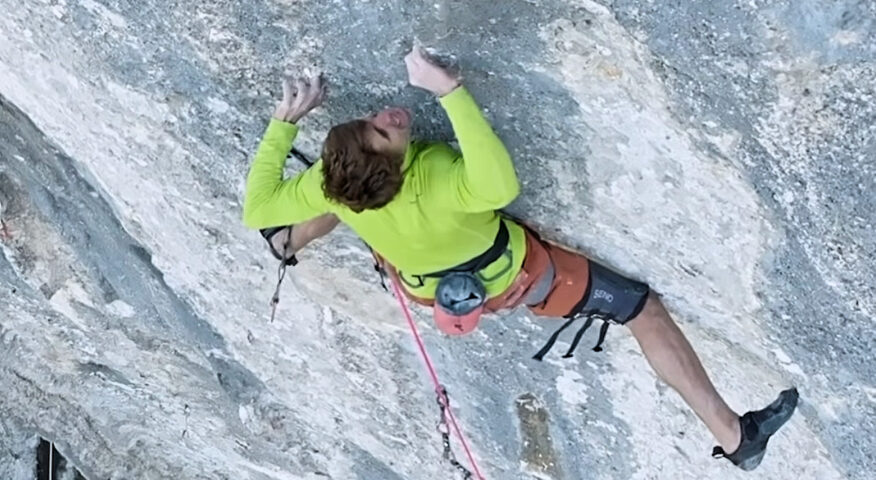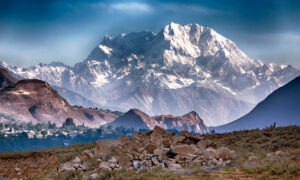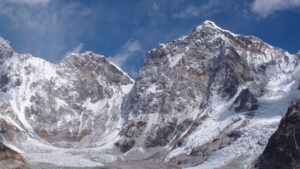Trending
Popular Posts
Everest: Progress on the South Side; North Side Stalled
April 22, 2024
Shisha Pangma No Go, Everest North Side Closed Until May 7
April 23, 2024
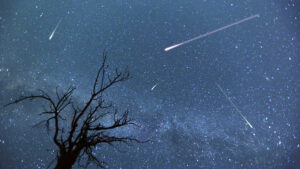
New Theory Gets Us One Step Closer to Understanding the Origins of Life
We know a lot about the origins of the...

How to Find Morel Mushrooms: Foraging 101
BY RACHELLE SCHRUTE
Few things get foragers excited like morel...
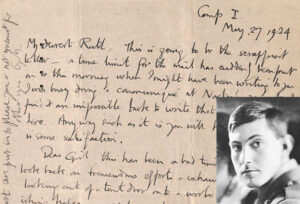
Last Letters of George Mallory Now Online
The international team that discovered George Mallory's body on...

Annapurna Sets a Disappointing New Normal: Helicopter Taxis
Spring 2024 was possibly the shortest ever season on...
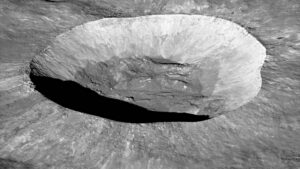
Scientists Identify Near-Earth Asteroid’s Birthplace
When scientists discovered the asteroid Kamo'oalewa in 2016, they...

George Washington’s Bottled Cherry Stash Unearthed
What did George Washington squirrel away under the floorboards...
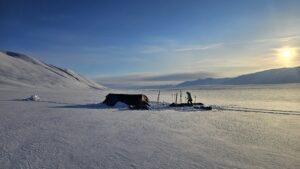
Arctic Roundup: North Pole Failure, Northwest Passage Success, Antarctic Training
Apart from another failed attempt to open the Barneo...

Cyborg Cockroaches Programmed to Move in Formation
In an experiment out of The Terminator, scientists released...
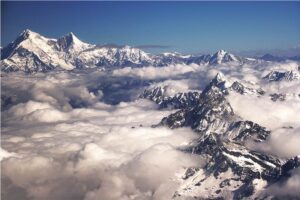
Shisha Pangma No Go, Everest North Side Closed Until May 7
Finally, there's news from China, and it's not good:...

Hunting for the Birthplace of the World’s Rarest Diamonds
It’s hard to overstate the rarity of the Hope...

Weekend Warm-Up: Sarcasm, Humor, and the First Ascent of Sura Peak
The trouble on Sura Peak, at first, was that...

Must-See Documentary: ‘Champion of the Race,’ the Story of Major Taylor
Major Taylor broke more than 30 world records and...

A Conversation With Alex Honnold About His New Series, ‘Arctic Ascent’
BY ALEXANDER HARO
On a Tuesday afternoon in August of...

Weekend Warmup: Adam Ondra tackles Czech Sandstone in ‘Lords of Trad’
The big walls in Yosemite and the Alps are...

Weekend Warm-Up: Two Generations Bond on El Cap in ‘Free as Can Be’
Don't meet your heroes. That's how the old saying...

‘Searching for Christmas Tree’: An Ice Climbing Alternative to ‘Home Alone’
This Chinese climbing doc has nostalgia, mystery, and an...

Weekend Warm-Up: Climb, Paraglide, and Cycle Through the Alps With ‘North 6’
There are six north faces in the Alps that...

Weekend Warm-Up: ‘Calypte’: Sailing & Surfing Around the World
BY ALEXANDER HARO
This review first appeared on The Inertia.
Torren...

See the Winners of the World’s Best Adventure Sports Photo Contest
For the first time, a woman has won the...

Weekend Warm-Up: Bikepacking The Balkans — In The Style of Wes Anderson
It began as a review of a film.
Our intrepid...
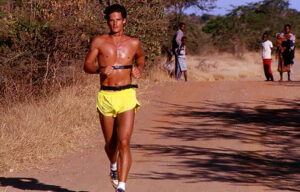
Brit Who First Ran Length of Africa in 1998 Calls Current Controversy ‘A Storm in a Teacup’
Nicholas Bourne, a British runner who ran the length...

Updated: Ultrarunner Completes Length of Africa — But Was He the First?
Today, Russ Cook finished his south-north run along the...
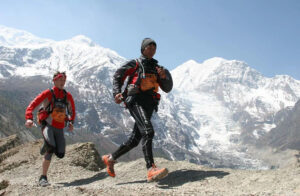
The Great Himal Race: 1,700 km From Tibet to India
The Great Himalayan Trail is a monster trek, the...
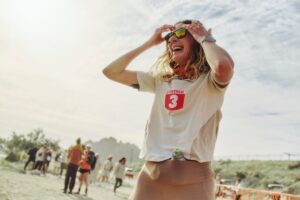
560 Miles in 6 Days: Camille Herron Sets New Women’s World Record Run
American ultrarunner Camille Herron has set another world record.
This...

French Cyclist Completes 1,400Km Midwinter Ride Across Lapland
Joffrey Maluski of France has cycled 1,436km across Lapland...

Chinese Organizers Jailed Over 2021 Ultramarathon That Killed 21 Runners
An infamous 2021 ultra-marathon that tragically killed 21 people...

Novice Kayaker Shatters 30-Year-Old Record on Australia’s Longest River
Dave Alley doesn't consider himself a kayaker. Yet the...

Weekend Warm-Up: Kilian Jornet is ‘Nnormal,’ and Also Isn’t
Kilian Jornet has been designing gear since he was...

Long-Distance Legend: Meet the Man Who Skateboarded Across the U.S. 5 Times
This article was originally published on GearJunkie.
Unsteady, vibrating skateboard...

Bonhomme’s Injury Forces Him to Abort Trans-Alps Run
As we reported earlier this week, Paul Bonhomme set...

Paul Bonhomme Sets out to Run the Length of the Alps
Mountain guide Paul Bonhomme has set out to run...
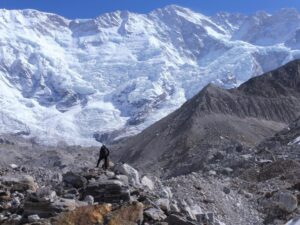
Nives Meroi Clears Up Their Kangchenjunga Plans
Peter Hamor, Nives Meroi, and Romano Benet's upcoming expedition...
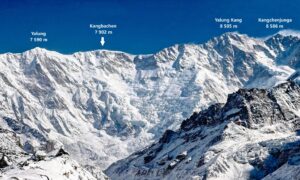
Hamor, Meroi, and Benet Back to Kangchenjunga
Old rockers never die, they say, and veteran alpinists...

Benjamin Vedrines on the Historic Dru-Droites-Jorasses Trilogy
The international climbing community is starting to comprehend the...

Shkhara Team Delays Climb, Warms Up on Unnamed Peak
A few days ago, the Hungarian National Climbing Team...

Shkhara Winter Expedition Reaches the Glacier
The Hungarian National Climbing Team has started its winter...

New Route for Sieberer and Waldner on Schrammacher’s North Face
There is still room for true adventure and new...

Winter Expedition Heads to Georgia’s Highest Peak
The Hungarian National Climbing Team is heading to Georgia...

Winter Dolomites: New Route On The East Face of Civetta
Contrary to last season (which was very dry), the...

Two Rescues: On an Austrian Mountain and in a Slovenian Cave
Five days ago, there was a difficult, 15-hour rescue...

Trapped Caver Mark Dickey Survives ‘Hell’ of an Ordeal
Mark Dickey has emerged from the Turkish cave that...

Elaborate Rescue Continues for Caver Trapped 1,000m Down
Deep in the chambers of a renowned Turkish cave,...

‘I Didn’t Want to Leave’: Woman Spends 500 Days Alone In Cave
Beatriz Flamini might be the Michael Jordan of living...

A Trauma Doctor Analyzes the Thai Cave Rescue: ‘Nothing Short of Miraculous’
You probably already know the story.
In 2018, 12 juvenile...

World’s Most Prolific Cave Explorer Dies at 80
Marion Smith, a caver with 8,291 separate explorations to...

Tourist Ignores Warnings, Dies From Falling Ice in Ushuaia Cave
A mass of ice fell from the ceiling of...

Nearly 300 Volunteers Rescue Stranded UK Caver
In the early afternoon of November 6, 2021, 38-year-old...

The Annamites: Vietnam’s Unknown Mountains
The Annamites don’t boast any towering snow-capped peaks. They...
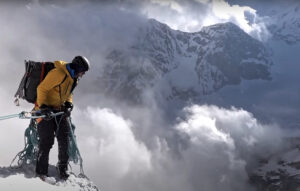
Weekend Warm-Up: Changabang: Return to the Shining Mountain
New Zealand alpinist Daniel Joll leads off Changabang with...
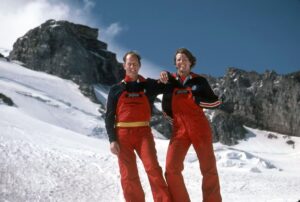
Legendary Mt. Rainier Guide Lou Whittaker Dies at 95
A Mount Rainier icon has lapsed into the alpenglow.
The...
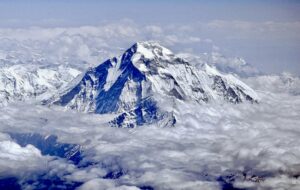
Here’s How Rare No-O2 Climbs on 8,000m Peaks Have Become
As the climbing season starts in the Himalaya, we...
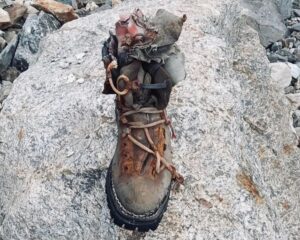
Gunther Messner’s Second Boot Returns to Reinhold
Reinhold Messner has finally received the second boot of...

Great Tales in Mountaineering History: Panch Chuli, 1992
In the summer of 1992, an Indian-British expedition headed...
